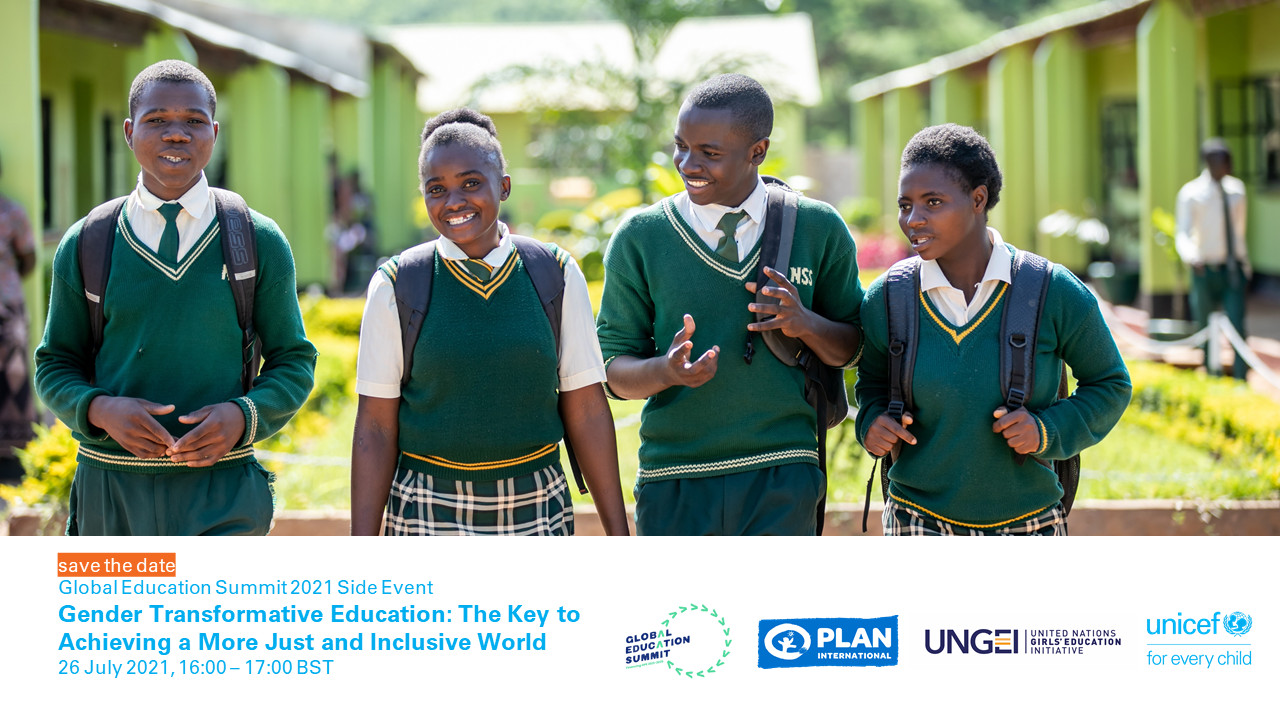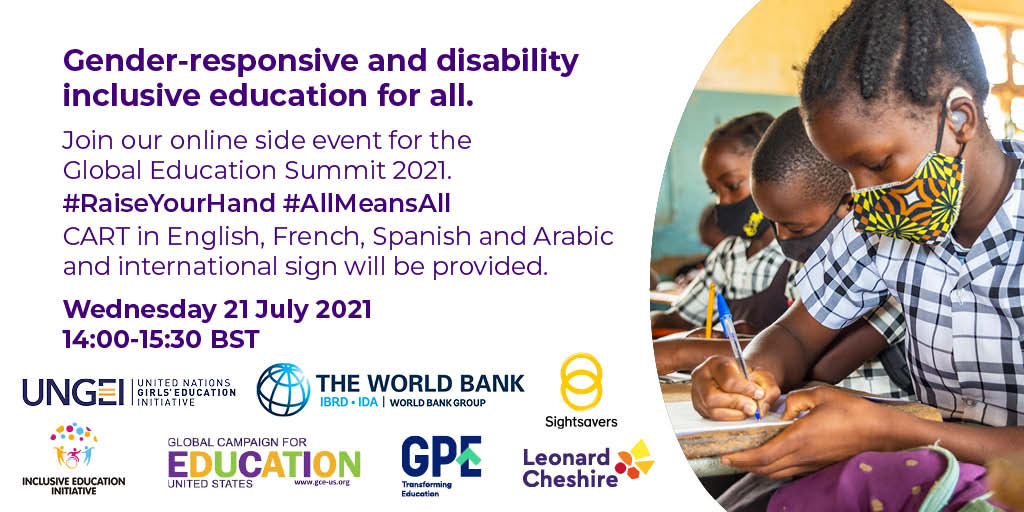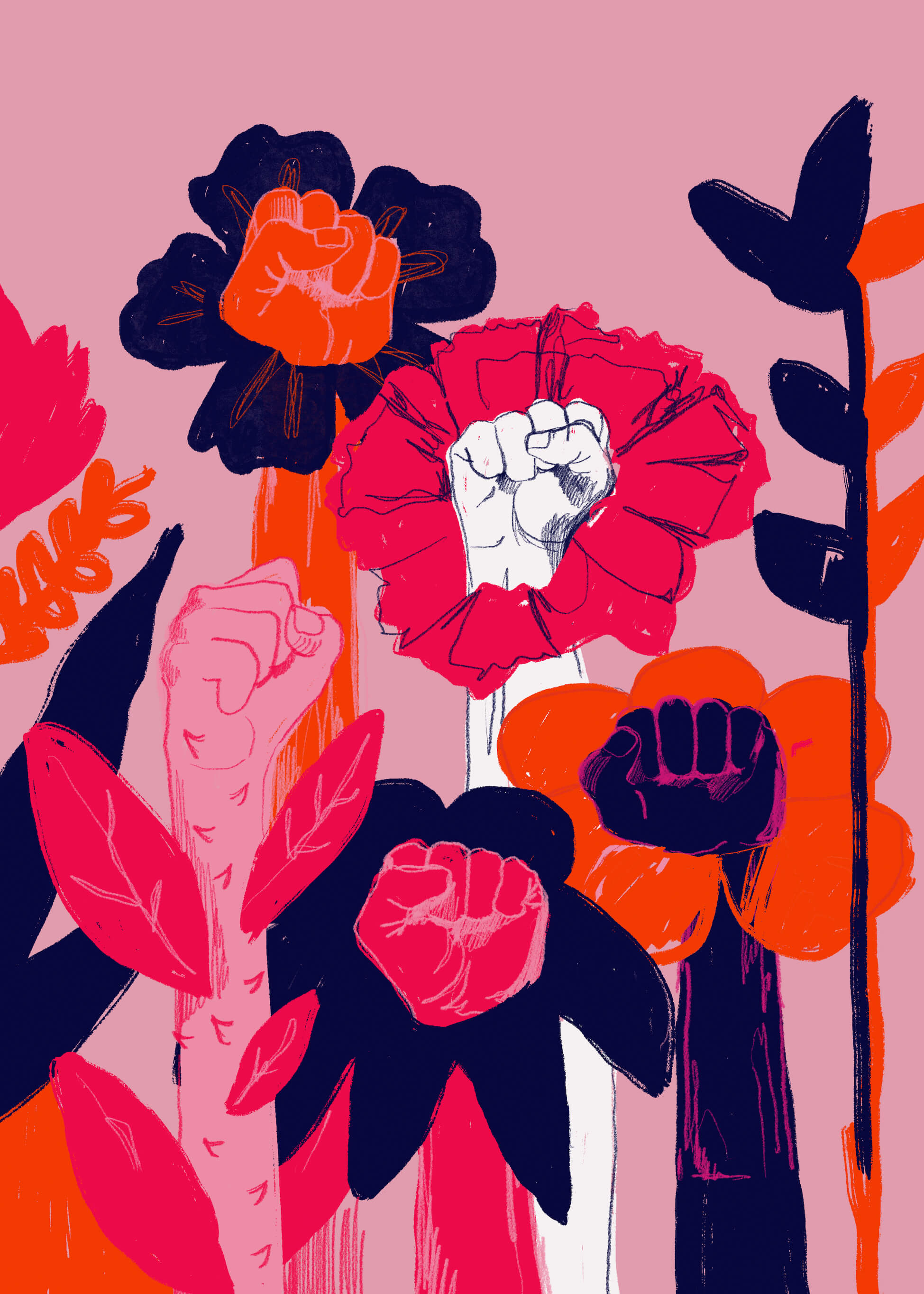The guide provides targeted actions for policymakers and practitioners in ministries of education and other decision-makers to build back equal through gender-responsive education systems and ensuring girls’ continuity of learning.
What is building back equal?
Building back equal means putting gender equality at the heart of education — from teaching and learning environments, teacher training and practice, education curricula and materials, to leadership and administration and the active engagement of communities and civil society.
This requires looking at the crisis as an opportunity to establish a new normal for girls, where we tackle barriers to girls’ education, prioritize resilience and transform education to be a force to accelerate sustainable gender equality and full inclusion.
Why is guidance on girls’ return to school needed?
Before the crisis, 130 million girls were already out of school (UNESCO). At the peak of the pandemic, COVID-19 interrupted the education of over 1.5 billion learners, including over 767 million girls and young women, as over 190 countries faced nationwide school closures (UNESCO).
The disruption to education has placed girls at higher risk of falling behind in school and permanently dropping out due to exclusion from distance learning opportunities. In addition to learning losses, UNESCO has estimated that globally over 11 million girls and young women may not return to school in 2020 due to the pandemic’s economic impact alone. This will have devastating impacts on girls’ futures and far reaching consequences for the achievement of the Sustainable Development Goals, including those related to poverty reduction, health and well-being and gender equality. Serious and specific attention is needed to ensure girls’ continuity of learning and return to school and protect gains in education made in recent decades.
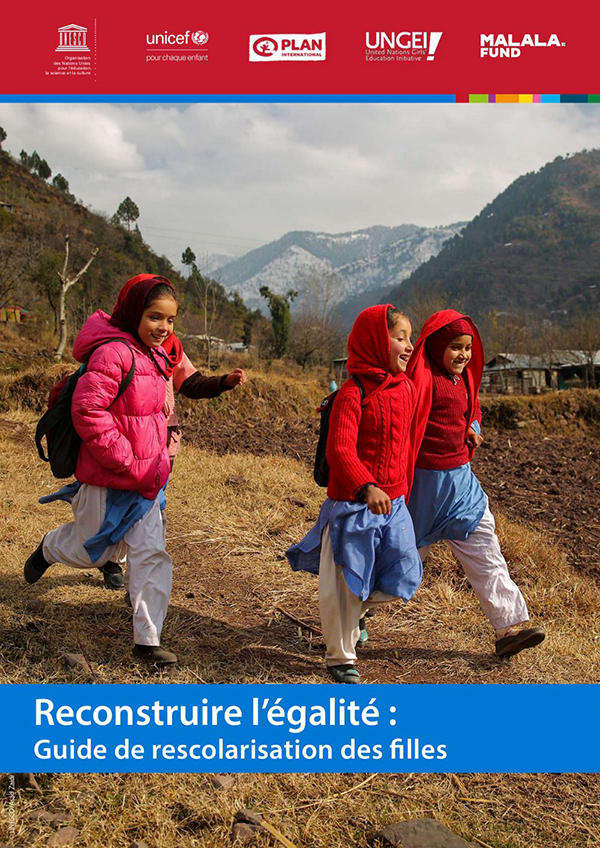
Who is the guide for?
The Girls Back to School Guide can be used by policymakers and practitioners in ministries of education, including those directly involved in the planning and delivery of formal and non-formal education, from pre-primary through to higher education.
Local Education Groups, and education in emergency working groups involved in COVID-19 response planning, as well as women’s rights groups, parents, youth-led and youth-serving and other civil society organizations, may also find this of value.
Finally, the guide may also be valuable for national stakeholders working in other sectors such as health, child protection, and water, sanitation and hygiene (WASH) sectors who cooperate with the education sector for broader development outcomes.
What is included in the guide?
The guide considers four key dimensions of school closures: 1) learning, 2) health, nutrition and WASH, 3) protection and 4) teachers. It provides recommendations for each of these dimensions, considering the need to reach the most marginalized, community mobilization and engagement and the meaningful participation of girls and women across all dimensions.
Recommendations are presented along a continuum which considers the distinct actions needed prior to school reopening, as part of the school reopening process and when schools have reopened, recognizing that schools may close again to respond to subsequent waves of the pandemic. Such measures include:
- Gender-responsive data and evidence to inform action, including data disaggregated by sex and gender-responsive monitoring to identify promising practices to promote gender equality.
- Policies, laws and plans to advance girls’ rights, including the removal of discriminatory practices that impede girls’ educational participation and completion, and their ability to apply their learning.
- Sustained financing to achieve results, protecting education financing for girls’ education, alongside health, social protection and economic recovery initiatives with an equity lens.
The recommendations are informed by four ‘guiding principles’ which are essential for a gender-responsive approach to building back equal. These principles emphasize the need for a system-wide, integrated and coordinated approach that prioritizes action to bring all girls back to school, including the most marginalized and those previously out of school. The guiding principles also call for the leadership of girls and women to be prioritized throughout all stages of COVID-19 education response and recovery planning, as well as during long-term education sector planning.
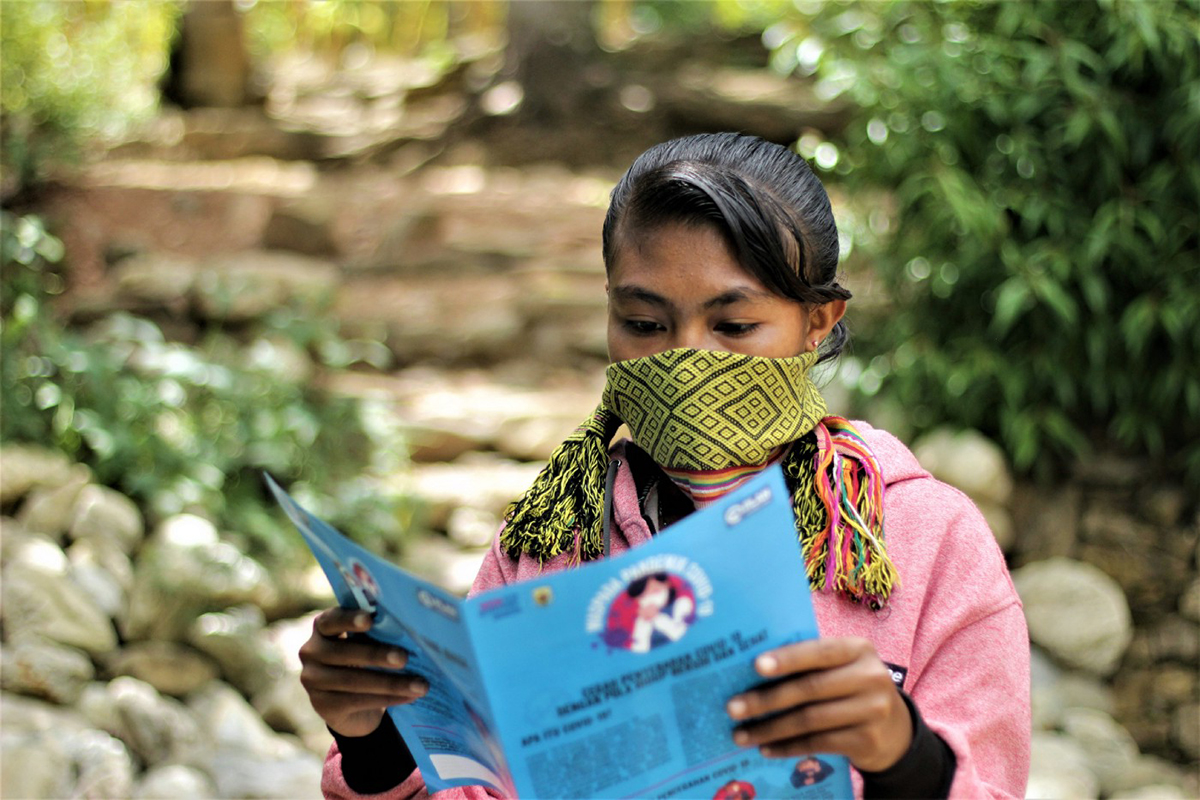
A new normal
My vision for a new normal: a world where a girl is not just a community member, but a decision-maker in the community.
The guide calls for a new normal that is driven by the voices of girls. It highlights the role of girls as agents of change and the need to systemically and meaningfully integrate them in consultations and decision-making. It is only through collective, intergenerational and sustained action and investments that we can truly transform education systems and build back equal.
